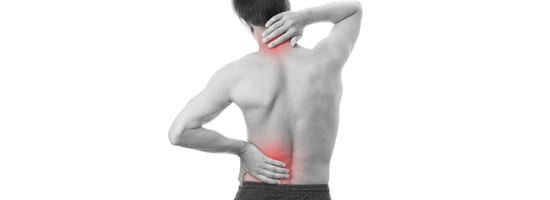
A sideways curvature of the spine, scoliosis is a condition that affects about 2 to 3 percent of the population. Often occurring just before puberty, scoliosis may also cause problems later in life if the condition worsens with age or becomes aggravated by other spinal conditions. If the curvature progresses to a point where it becomes problematic, you may be referred to a spine doctor for a more extensive evaluation.
What Causes Scoliosis?
Bone abnormalities present at birth are a common cause of scoliosis, although conditions such as muscular dystrophy, spina bifida, or cerebral palsy can also contribute to spinal misalignment. Illness, issues from previous back surgery, degeneration of discs and joints of the spine, and traumatic injury can also cause the spine to excessively curve.
Signs of Scoliosis
Pain is not a common symptom of scoliosis. Most cases of scoliosis are mild, although the curvature may worsen and place added pressure on spinal nerves and joints. A spine doctor may perform an Adam’s Forward Bend Test as a first step in diagnosing the condition if symptoms, such as one shoulder being higher than the other, suggest you may have scoliosis. Additional signs of the condition include:
- Waist appearing uneven
- Body tilting to one side
- One leg appearing shorter
- Difficulty maintaining balance
Treatments for Scoliosis
Early in life, scoliosis may require no treatment other than regular observation of the extent of the curvature through x-rays or other image tests. Some children may need to wear a brace for a period of time during their developing years. If the curvature is greater than 40 or 50 degrees, surgery may be recommended to achieve an alignment closer to what’s natural for the spine.
How a Spine Doctor May Help
The most common surgical option for scoliosis is to fuse the vertebrae together to prevent the spine from bending incorrectly. A spine doctor can determine if there are other factors that may be contributing to your discomfort. Surgical techniques vary, with options including traditional open surgery and minimally invasive procedures.
A spine doctor will clearly explain your options if surgery becomes a likely solution to correct the curvature of your spine. Should there be another cause of related pain, non-surgical options such as medication or physical therapy may be recommended before surgery is considered.

